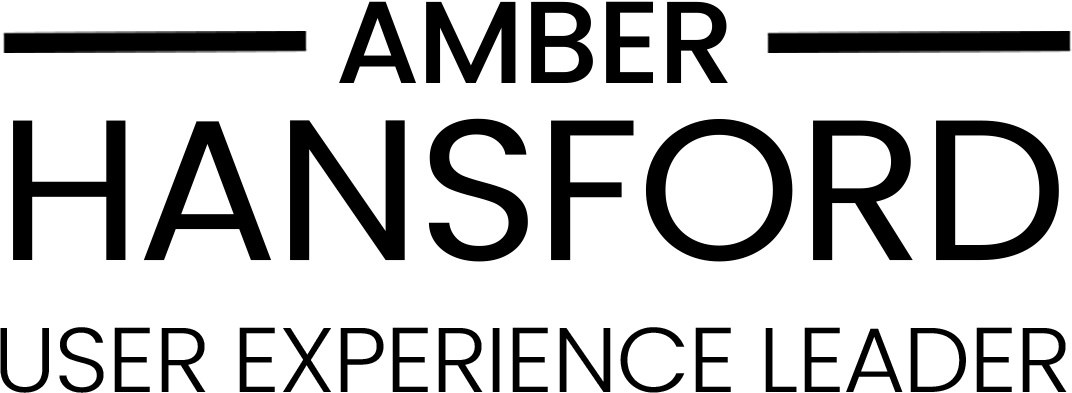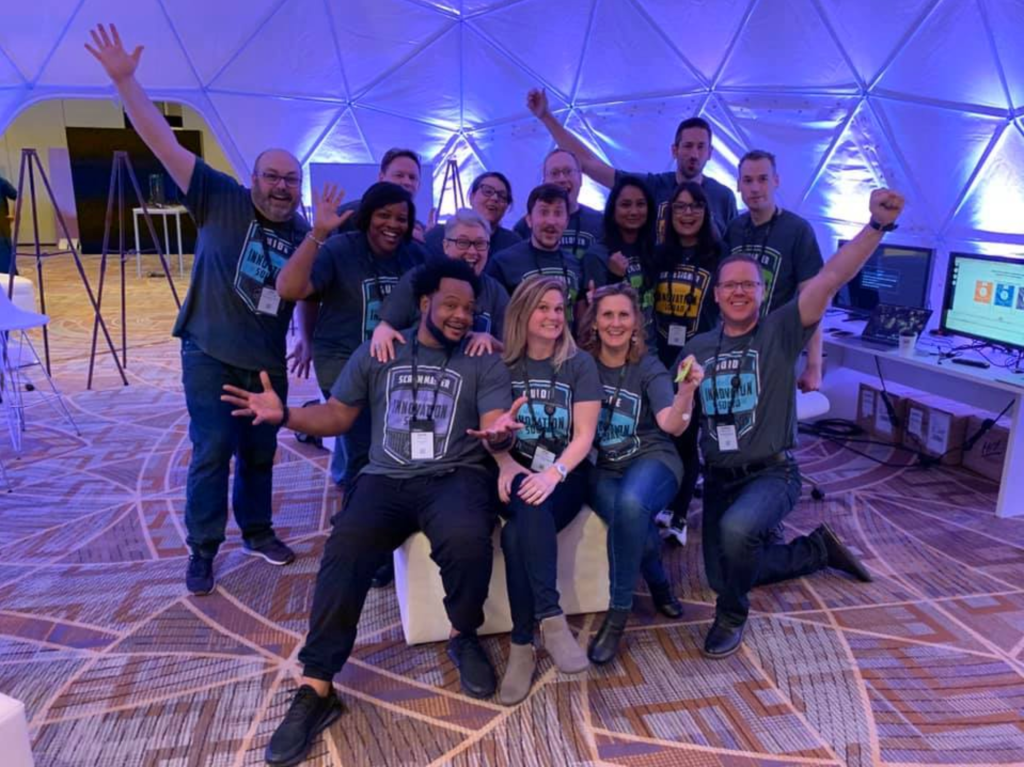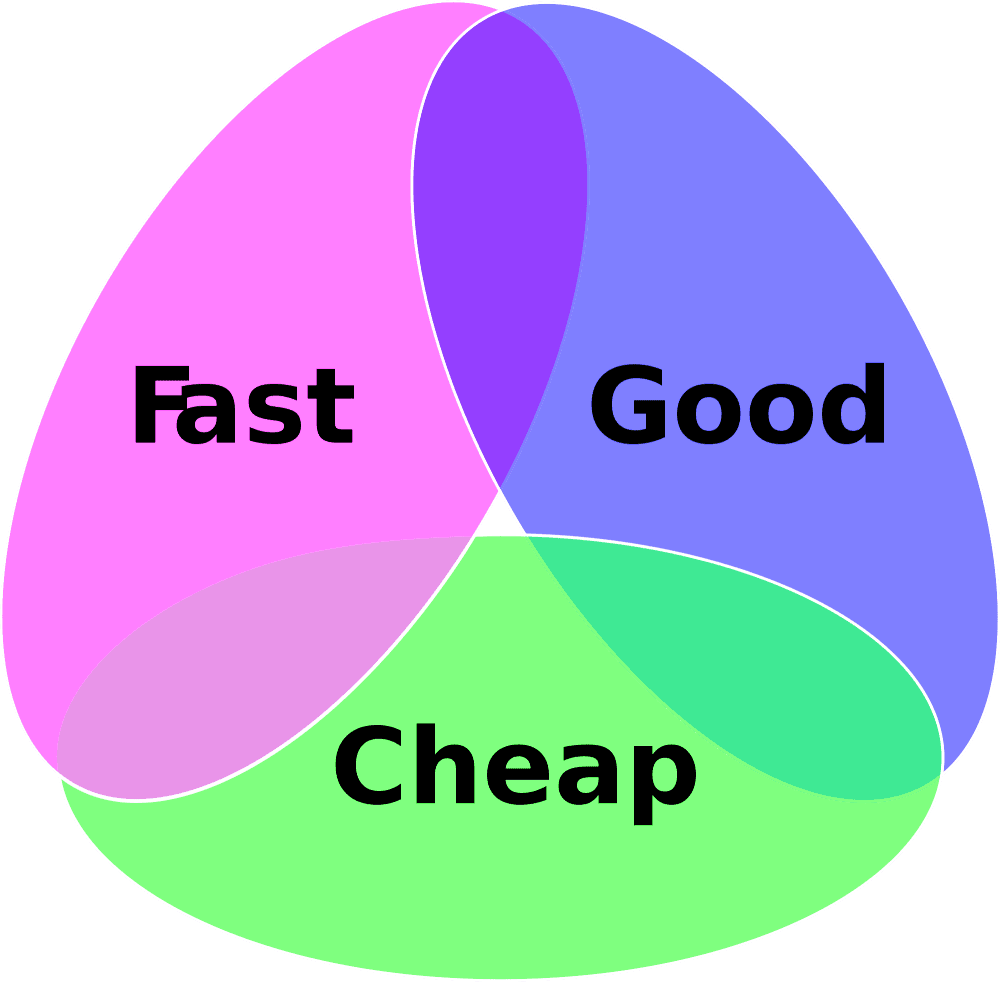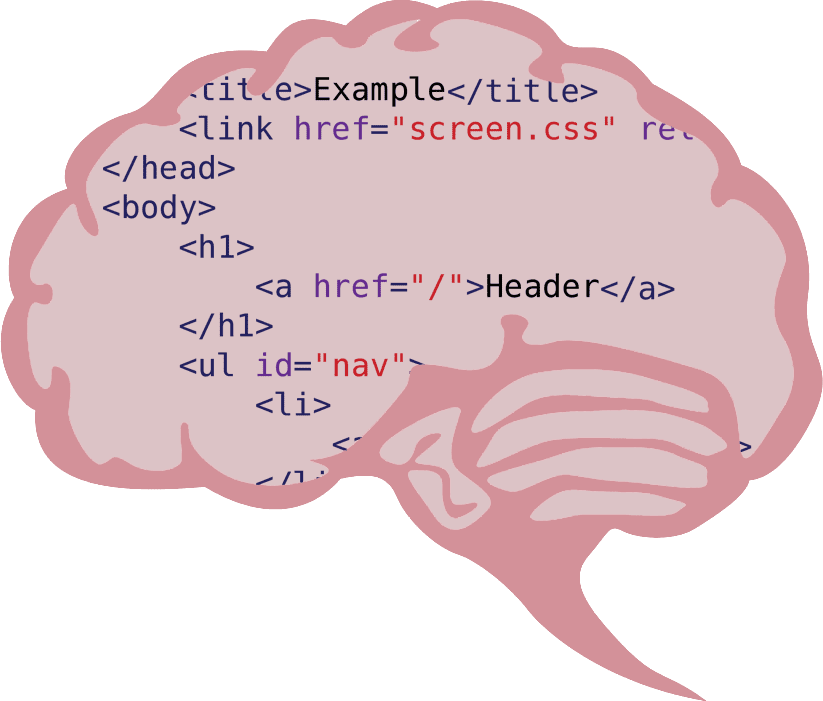There are a few occasions that I’ve had the opportunity to truly create something with a group of amazing people who believed by bringing together a cross-discipline team we could build something that would solve our customers’ problems as a balanced team. In 2020, we had that opportunity at Deluxe Exchange, a two-day exercise in rapid design and validation of a product concept that occurred at Deluxe’s customer conference.
Introducing Design Thinking
We pulled a team of cross-discipline folks together who were interested in participating both on-site or remotely during the conference to introduce some of the philosophy and tenets of Design Thinking about a month before. We walked through some exercises to get these folks who hadn’t worked together before as a team used to working within the tenets of Design Thinking, but also to get some table stakes together in discovery to set our live session up for success.
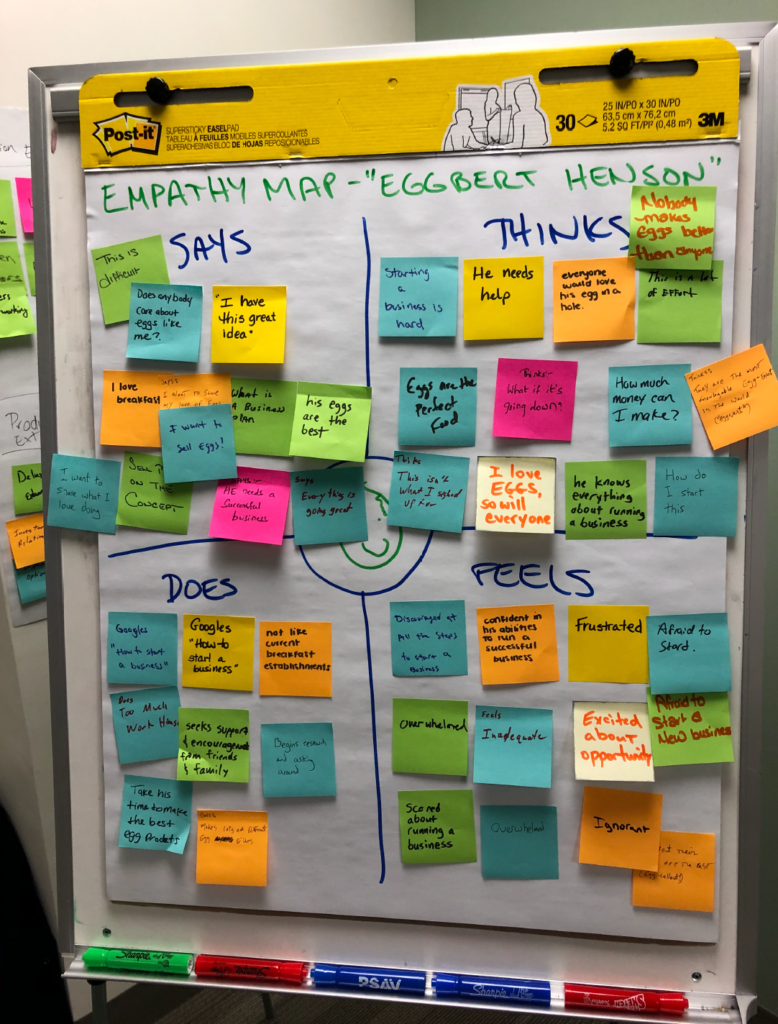
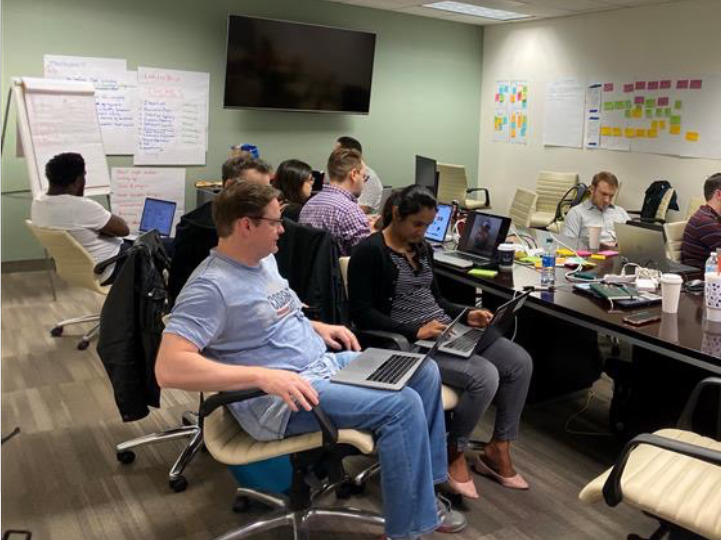
Defining the Problem
We introduced a few integral tools in the Design Thinking toolbox after our empathizing by learning about our ad-hoc personas with defining the problems that they’d be facing, and developing out the hypothesis. By using the Problem Statement that we defined as our guide stone, we can solve a problem for our users.
After converging as a team, we broke out into discipline-specific groups to get to work. UX Design took on the research and mapping work to come up with a few options to present to our Co-Creators and get live feedback to move forward, along with fleshing out our proto-personas so we have targets to focus on. Developers agree upon the tech stack that they believe should be used to build solution, with regular cross-discipline group check-ins to confirm that our target solution hasn’t pivoted.
Bringing in Co-Creators
After our initial ideation time as a team, we asked a few of our team to be “Guides” for our on-site interactions with our potential users, providing them with a series of talking points, and maybe some swag, to garner attention on the conference room floor while the UXers and the developers were actively creating the application we were building in the four days of the conference.
A few of the common talking points that we pulled together for our Guides to use were about what we were doing in our big igloo in the middle of the conference floor.
Once our Guides garnered interest in what we were doing, we would ask our co-creators to walk through a quick usability test, run by our UXers on-site, and our UXers off-site would take the data that we’d gathered and synthesize it while we were chatting. Our developers would sit in and listen as well, trading off when they were working on the build of our MVP that we presented at the end of the conference as one of the closing panels.
